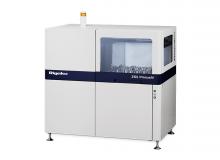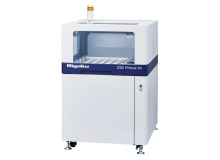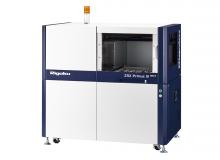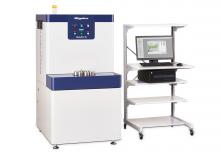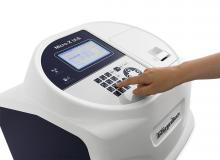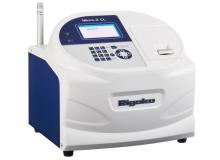Background
This application note demonstrates the capabilities of a low-cost, benchtop WDXRF spectrometer for rapid quantitative elemental analysis of cement raw meal. Thanks to simple sample preparation and routine operation, short measurement times and high precision, X-ray fluorescence (XRF) spectrometry has become the technique of choice for elemental analysis at all points in cement production: from alternative fuels, raw materials and raw meal to clinker and final certification.
Wavelength-dispersive (WD) XRF is the most commonly utilized analytical technique in the cement industry because it offers the highest throughput, precision and sensitivity, especially for essential light elements, such as Na, S and K. Traditionally, WDXRF spectrometers used in cement plants have been large, floor-standing models with substantial installation requirements and ownership expenses. As the industry strives for greater efficiency, operators have increasingly sought equipment that is less expensive to acquire and less costly to maintain.
WDXRF Products from Rigaku
Benchtop tube below sequential WDXRF spectrometer analyzes O through U in solids, liquids and powders
High power, tube above, sequential WDXRF spectrometer with new ZSX Guidance expert system software
High-power, tube-below, sequential WDXRF spectrometer with new ZSX Guidance expert system software
Affordable, high-end, tube-above Industrial WDXRF for the analysis of solid samples
High-throughput tube-above multi-channel simultaneous WDXRF spectrometer analyzes Be through U



